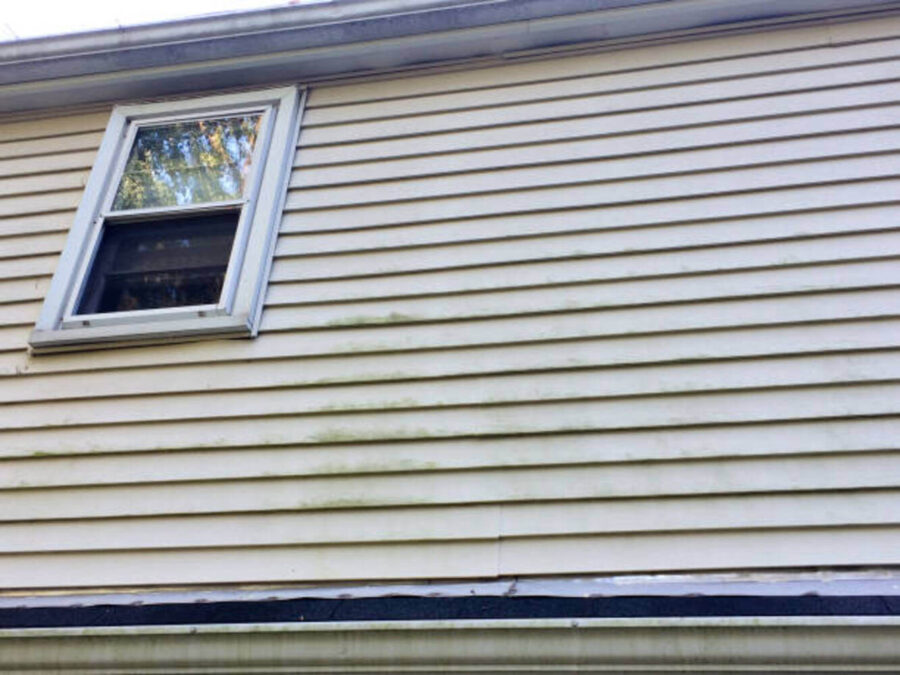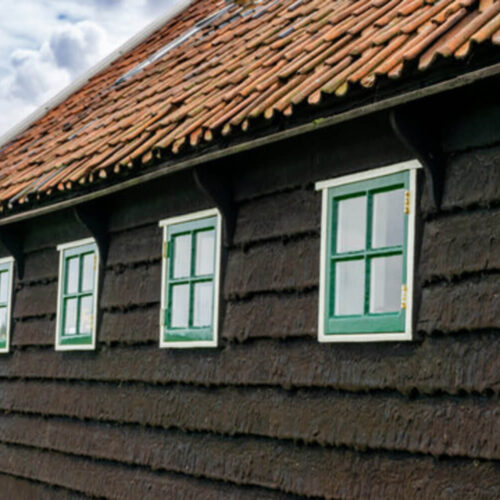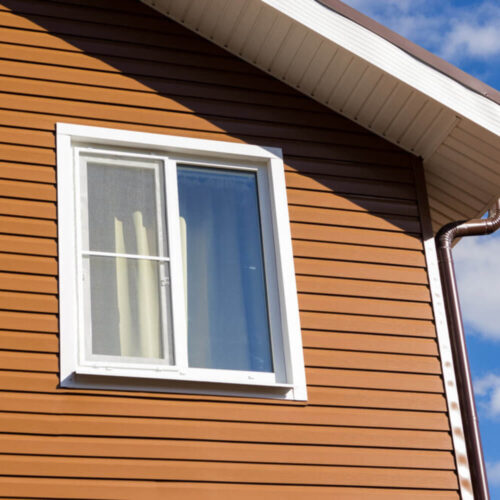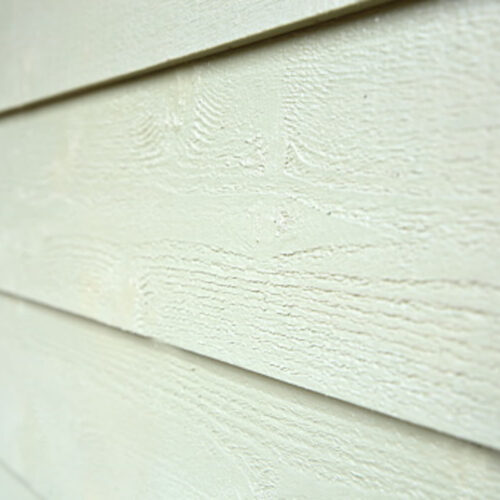If you are considering remodeling your house, it’s important to know the signs indicating when to replace the exterior siding. Sides on homes can start deteriorating due to age, weather damage, or just simply wearing out. Siding not only protects your home from the elements but also increases its curb appeal. When you make investments in your home for things like decor and furniture, you should also think about investing in a new exterior as well. But when is the right time to replace your siding? Here are five signs that will tell you when!
But First, What Are The Different Causes of Siding Damage?
Before knowing the signs, it’s vital to understand the causes. This helps you avoid bigger issues on your next siding investment. That being said, the primary causes of siding damage are:
- Sunlight, specifically ultraviolet rays
- Moisture
- Extreme temperature changes
- Strong winds
- Rotting caused by mold growth and insect infestations.
- Earthquakes and other natural disasters.
Like most structure materials, siding doesn’t hold up to constant sun exposure or water well, thus resulting in breakage and decay. These factors should be taken chiefly into consideration when building or renovating your home.
The Common Signs of Siding Damage
Siding can be one of the most difficult parts of your home to deal with. Installing new siding is expensive, and if you find that you need major siding repairs for any reason, then it is even more costly. But these compromises aren’t petty issues you can just ignore. As a responsible homeowner, take your time to familiarize yourself with the six warning signs of siding damage down below.
1. Your Siding is Cracked, Bent, or Warped
This one’s plainly obvious. Any crack in the siding around your house’s foundation or up against it is a clear indication that something’s wrong. Bent metal, wood, and vinyl siding pop up amid strong winds. Cracks can also be caused by sudden temperature changes, from hot to cold and vice versa, as the material cracks to pressure from the contractions. Meanwhile, siding warping is when your siding billows out in certain spots. This is caused by the sun, which can warp the material over time or absorbed moisture. This can be especially troublesome because it leaves gaps that make the panel porous enough for water to work its way underneath.
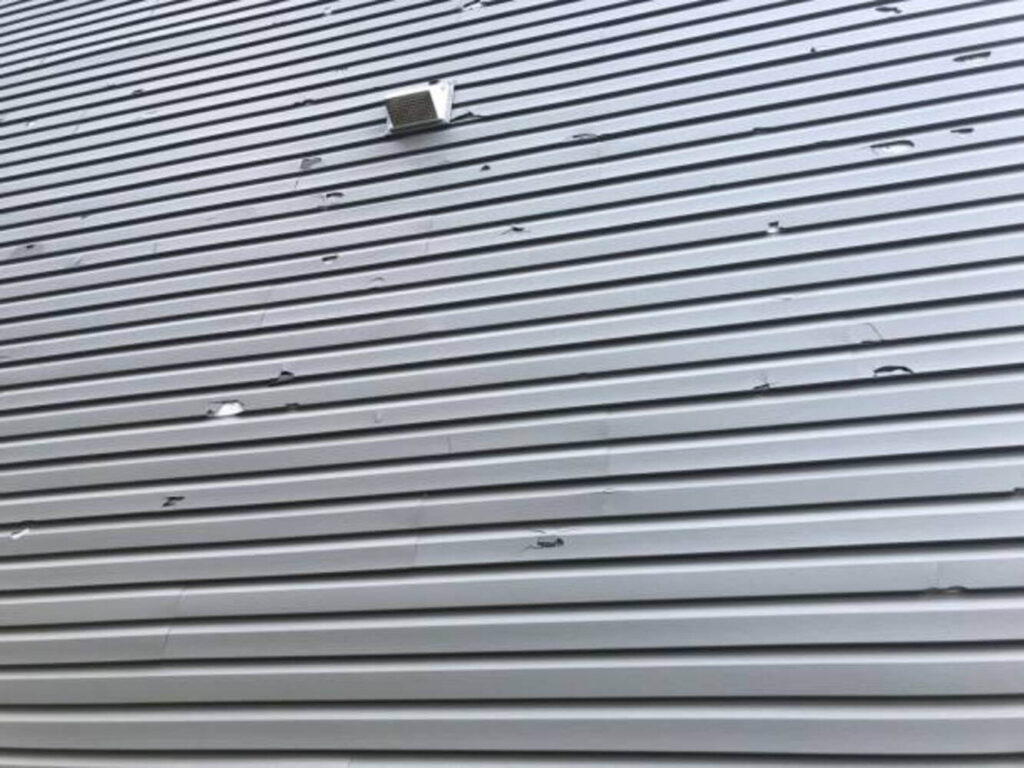
2. The Paint is Fading or Peeling
Let’s be honest. Paint isn’t meant to be forever. In fact, most exterior paint fades or peels within the first year. However, it is a sign that your siding might need replacing if multiple spots of peeling and fading are present. This occurs because exposure to the sun’s UV rays can wear down the protective seal on your siding over time. Faded paint can drastically bring down your home’s curb appeal since the uneven tone can look frustrating, plus it negatively impacts the freshness of the color.
3. Moisture Seeping Through the Ceiling
Siding is supposed to keep water out of your home. But if you notice moisture seeping through the ceiling, it may be because the siding has failed to do its job. Holes and fissures in the material can cause rainwater to seep through or moisture to build up and find its way into the internal cavities. As a result, this can lead to fungus growth and rotting of wood structural components.
4. Blisters or Bubbles in The Siding
Another sign of a creeping moisture problem is blisters or bubbles that appear when water gets trapped underneath the material. This might happen if the siding has warped, letting water work its way underneath. It can also be caused by the breakage of your gutters, allowing the flow of water to pour down over the siding itself. Lastly, blocked downspouts can cause this, too, as they trap moisture against the wall instead of allowing it to flow away properly.
5. High Energy Bills
Your home’s siding is supposed to help with insulation and regulate energy flow inside the household. If you see significant wear and tear on your siding, this might result in uneven heating and cooling which can also drive up energy costs. This is because those cracks allow air to filter through, which can cause serious, expensive problems with drafts around windows and doors. So if you observe that your energy bills are abnormally high, you might want to consider giving the exterior a look.
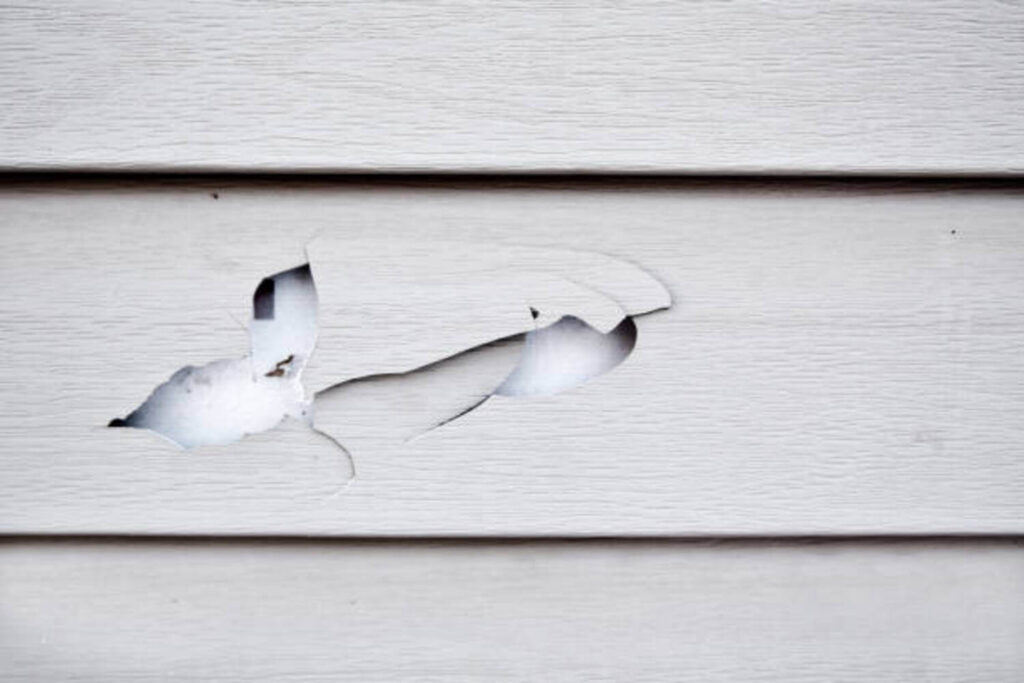
What to Consider When Replacing Your Siding
Alright. You now understand the importance of replacing your siding. The big question is: should you do it yourself or entrust the task to the experts? Well, the answer’s pretty simple. For minor dents and holes, you can caulk the problem yourself.
But for extensive areas of damage, you might want to research legitimate siding contractors. Not only can they properly install new panels and make your siding look fresh, but they can also suggest the proper actions to take so you won’t have to regret your investment.
That said, keep in mind the warning signs above to ensure the longevity of your exterior cladding. Best of luck with your home improvement project!


